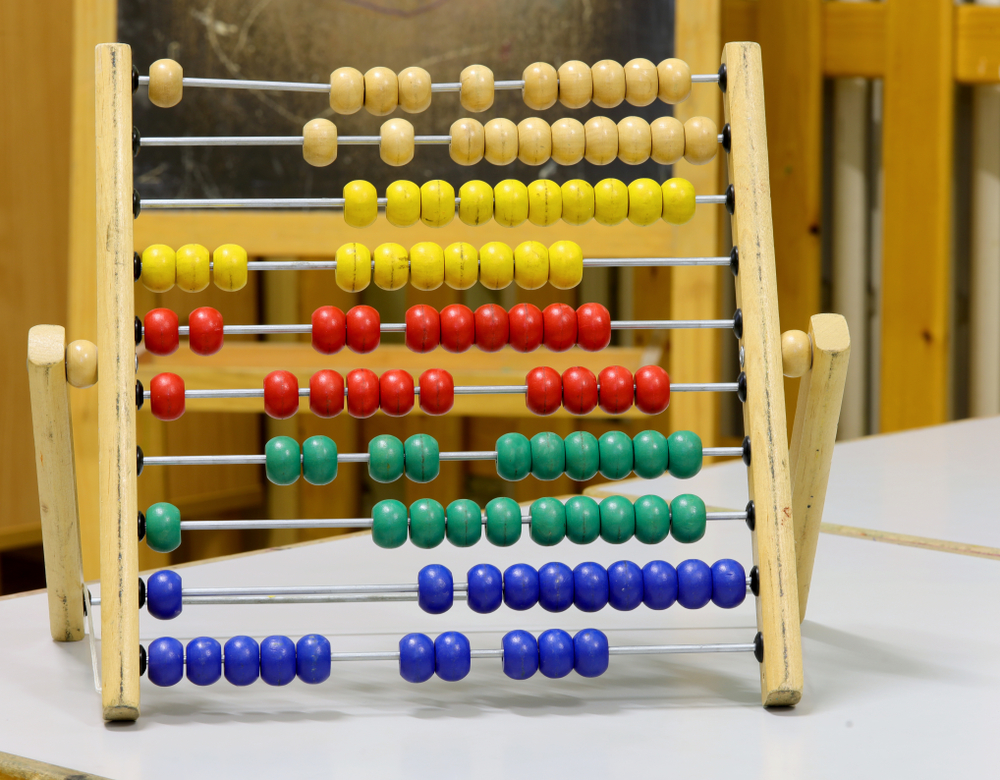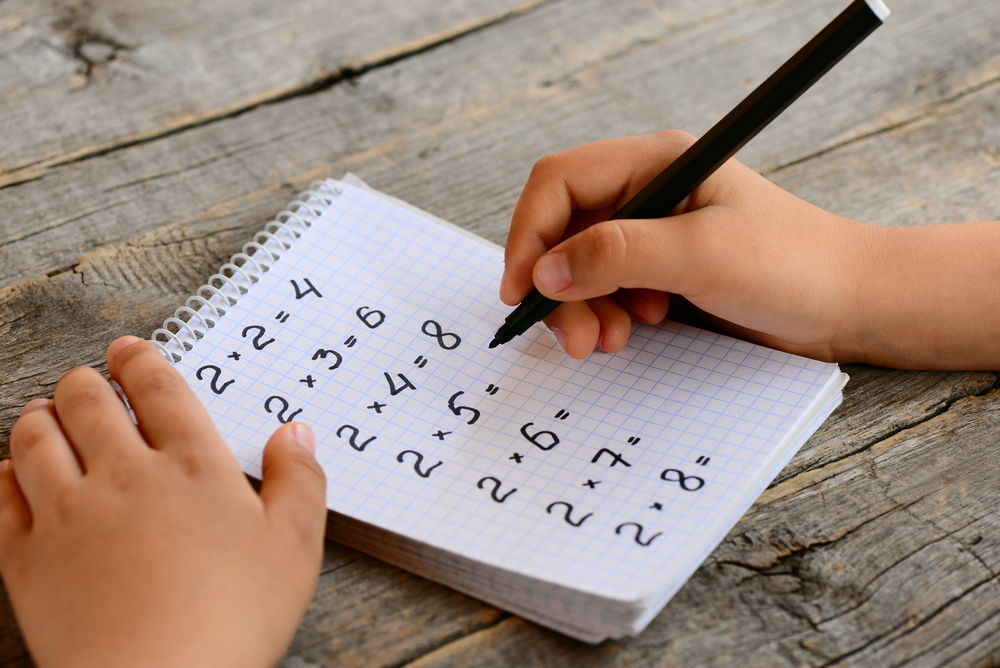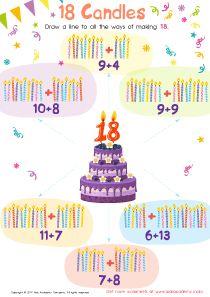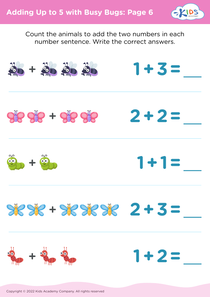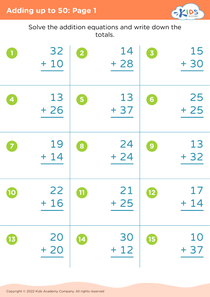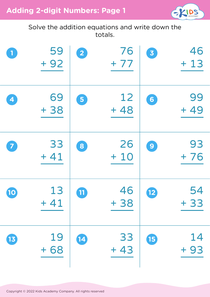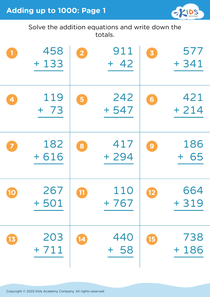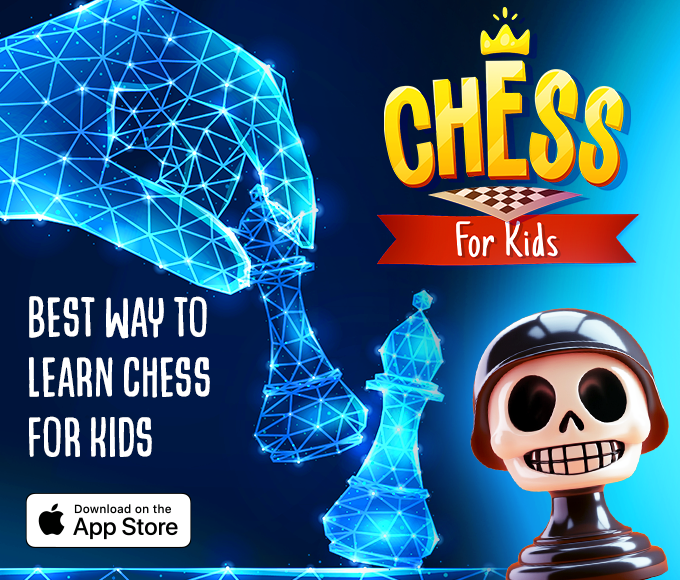Color Identification Adding up to 100 Worksheets for Ages 3-8
8 filtered results
-
From - To
Discover our engaging "Color Identification Adding up to 100 Worksheets" designed for children ages 3-8. These interactive worksheets combine basic color recognition with essential math skills, helping young learners master addition up to 100 in a playful manner. Each activity reinforces counting, problem-solving, and cognitive development while promoting early math and color identification skills. Perfect for classroom and home use, our worksheets make learning fun and effective, ensuring children stay motivated and enthusiastic about their educational journey. Explore our vibrant collection today and watch your child's confidence in math and color recognition grow!
Parents and teachers should prioritize color identification and adding up to 100 for children ages 3-8 because these foundational skills significantly contribute to cognitive and academic development. Color identification enhances visual discrimination, which is essential for reading, math, and other learning activities. Recognizing and naming colors improves children’s vocabulary and language skills and boosts their ability to follow instructions.
On the other hand, introducing basic arithmetic concepts such as adding up to 100 nurtures number sense, critical thinking, and problem-solving skills. Understanding numbers and how they relate to each other lays the groundwork for more advanced math in later years. By engaging children in activities that combine these two skills—like sorting colored objects and then counting or adding them—educators can make learning both fun and effective.
Moreover, mastering these skills builds confidence and motivation in young learners, encouraging them to tackle increasingly complex tasks with enthusiasm. Early competency in color identification and basic arithmetic also aligns with educational benchmarks, ensuring students are prepared for more structured learning environments, such as kindergarten and elementary school. Hence, ensuring young children grasp these abilities is crucial for their holistic development, paving the way for academic success and a positive attitude toward education.


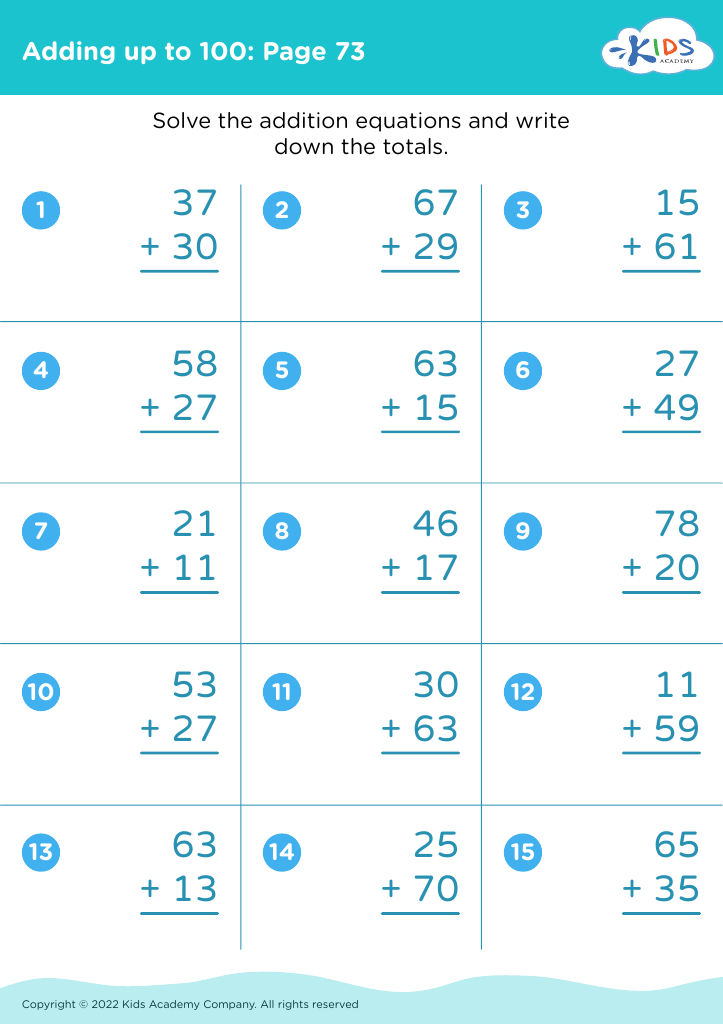
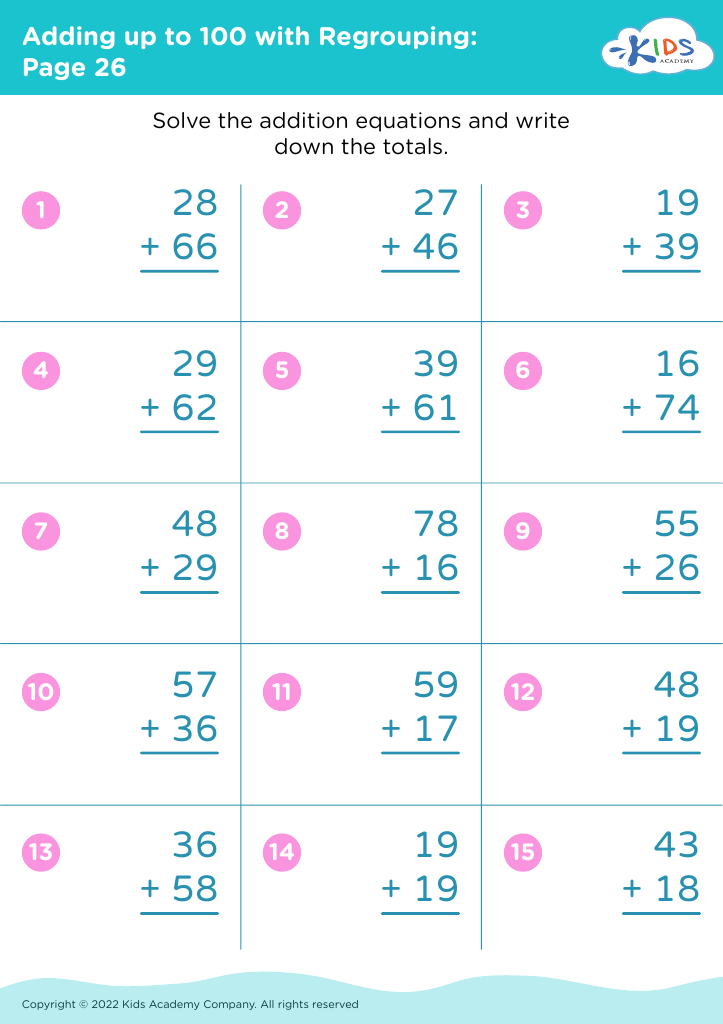
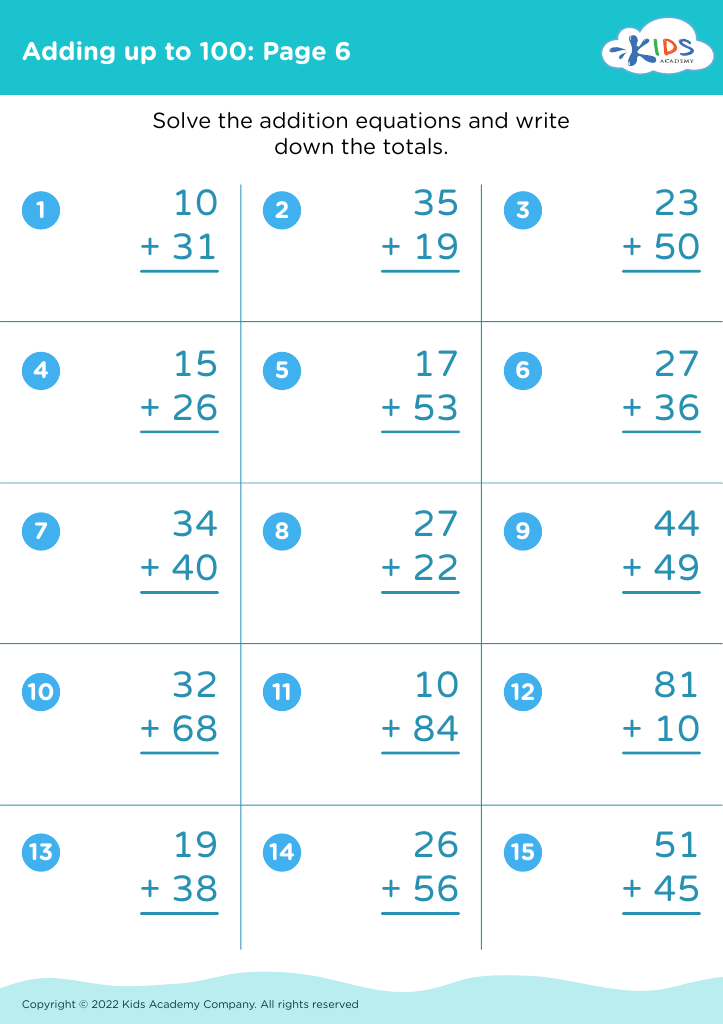
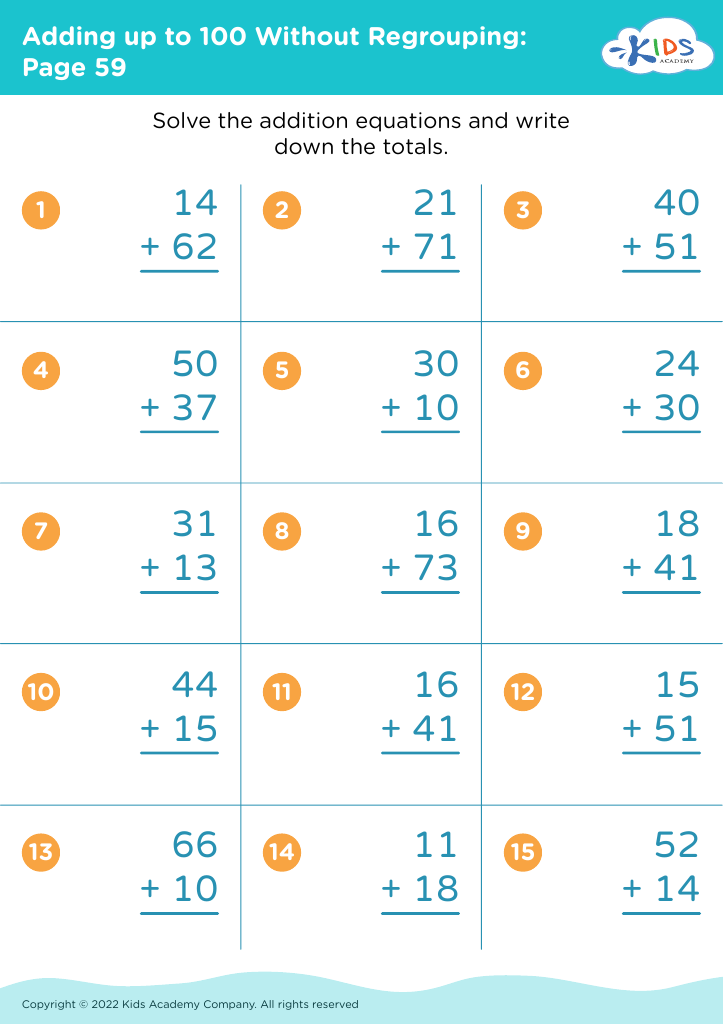

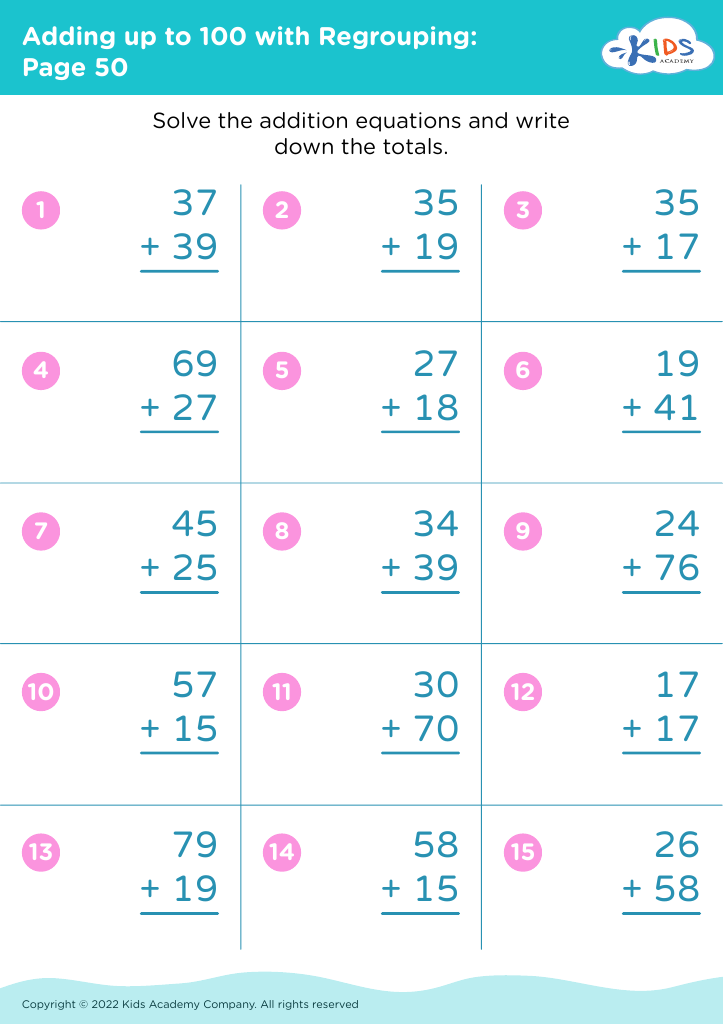
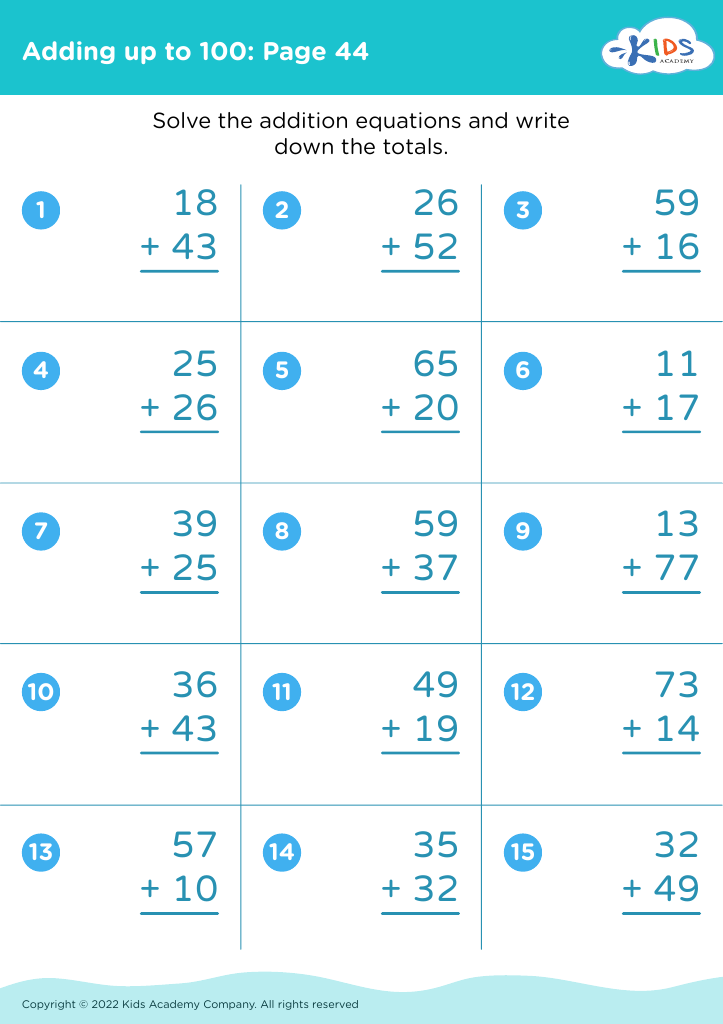
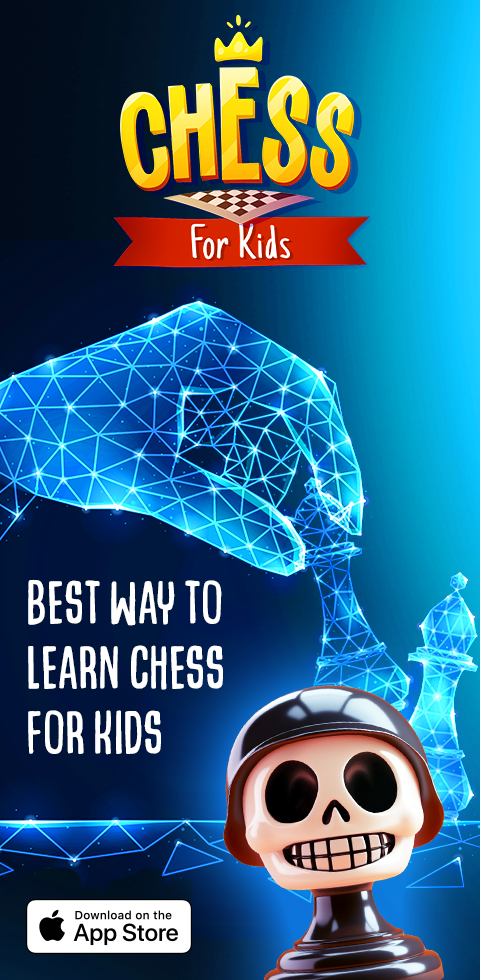


%20(1).jpg)
